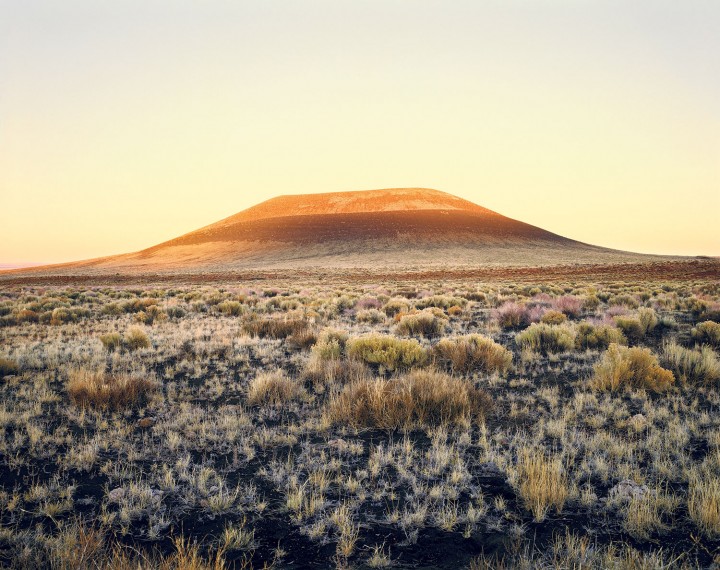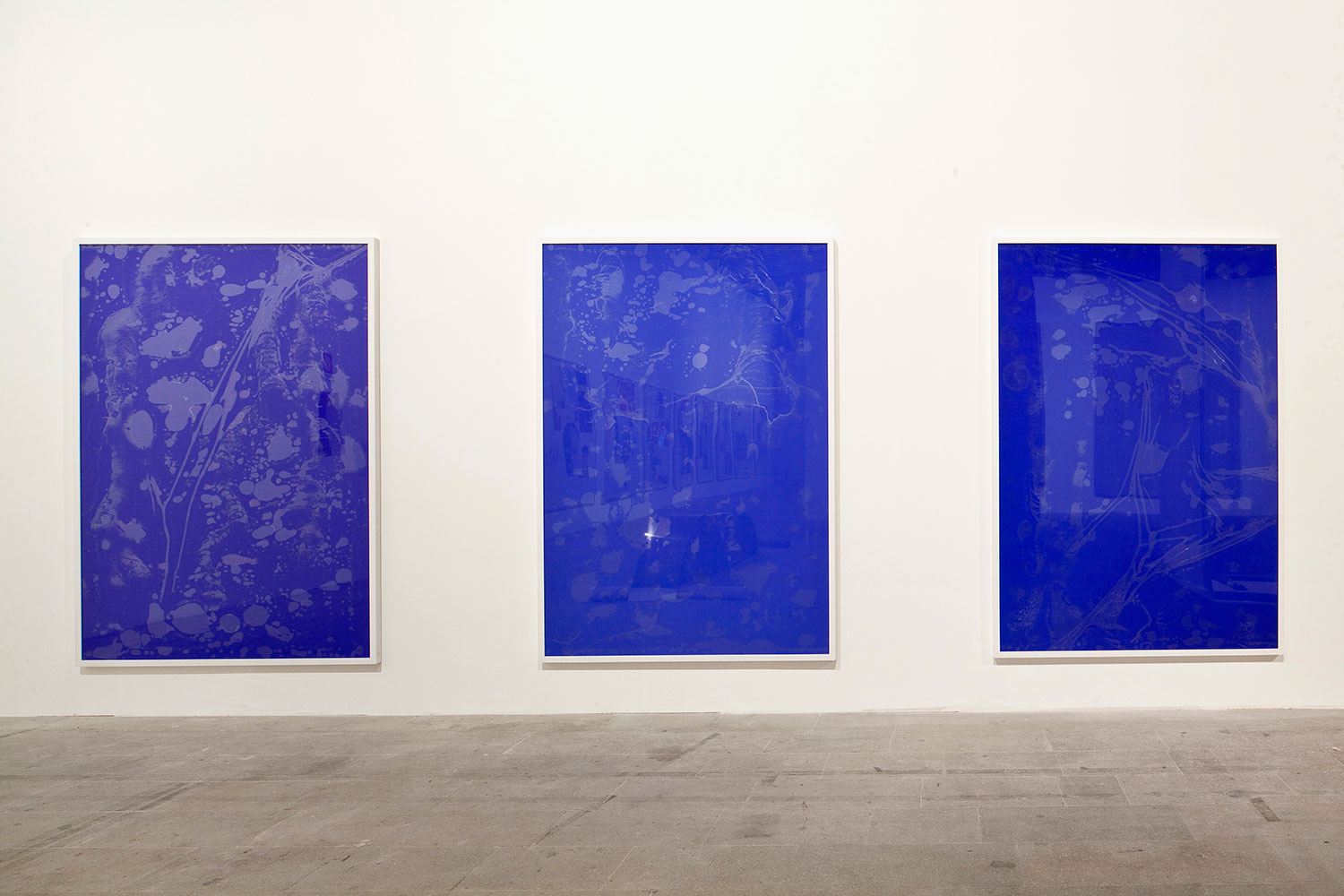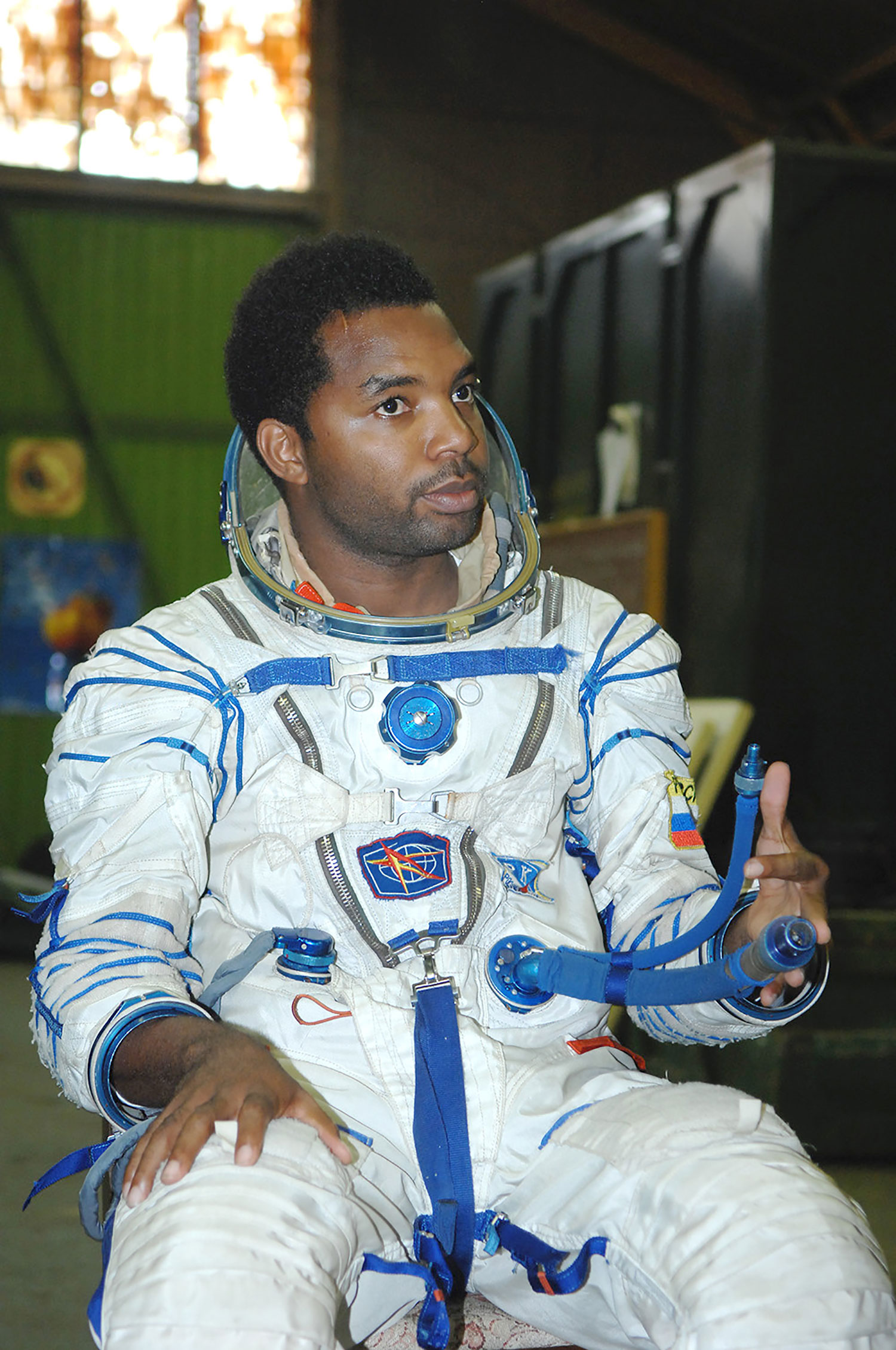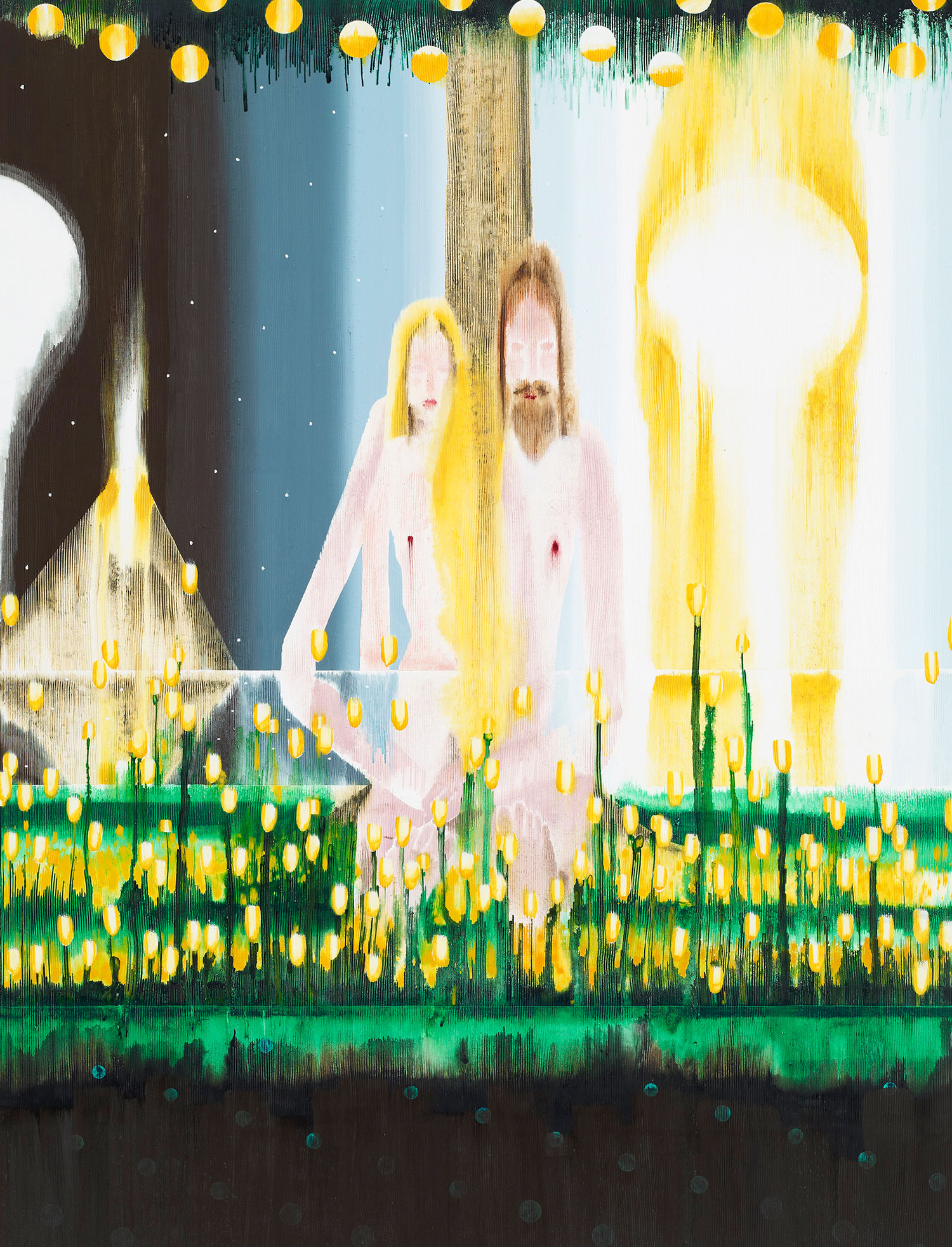
At its most compelling, James Turrell’s work accomplishes a full integration of art, architecture and site through the manipulation of light. From early works that channeled natural and artificial light in his studio, to architectural openings that frame views of the sky, to the transformation of an entire volcanic crater into an observatory, Turrell has embraced light as a primary medium. “We generally use light to illuminate things,” Turrell explained in a recent interview, “but I was interested in the thingness of light, as a physicality … I want to have a work that is light so that you are looking at light, not something light illuminates. Light itself becomes the revelation.”
Born in 1943, Turrell earned a bachelor’s degree in psychology at Pomona College, studied art at the University of California, Irvine, and completed a master’s degree in art at Claremont Graduate School, all in Southern California. During that period he began a lifelong study of the perceptual effects of light. In the late ’60s Turrell moved into the former Mendota Hotel building in Santa Monica, where he created a series of daytime and nocturnal installations known as the Mendota Stoppages (1969-1974). The installations no longer exist, but several suites of drawings were made to illustrate different facets of this project that have provided many points of departure for Turrell’s work in the ensuing decades. One group of sketches explore the psychological and spiritual aspects of the work, another represent the careful choreography of both light and visitors through Turrell’s studio, and a third demonstrate the lyrical and chromatic possibilities of the Stoppages.
The first portfolio of sketches, labeled as “the earliest notes on the Mendota,” includes a rough floor plan of the studio and a catalogue of apertures in the space such as a window facing the street, a transom and a skylight, each annotated to indicate the symbolism of various types of light in the installation. Light entering the windows corresponds to “conscious movement within body charkas,” and electric light is linked to “conscious and allegorical movement within inner planes.” Notes on another drawing reveal cartographic impulses not always associated with Turrell’s work. “Map out entire spaces,” he wrote to himself, “record all movements through the spaces.”

In addition to the working sketches, Turrell also created more formal documentation of Music for the Mendota (1970-71): four black-and-white photographs and a series of ink drawings arranged in a grid. Complementing the neat, graphic ink renderings, three of the photographs present atmospheric images of light falling across the interior of the studio, while a fourth photograph is a frontal exterior shot of the Mendota building, locating it within a neighborhood. The drawings are captioned in the mode of a user’s guide, focusing on the dramaturgy and temporal specifics of the installation: “Curtain is preset to this position. Lights are on. Seat viewer. Lights are dimmed to reveal the projected images of street and sidewalk. 10 min.” One caption emphasizes the role of the host and the ephemeral but intense quality of light entering the studio: “Open aperture door to partial open position indicated. Enter, seat viewer, and face corner cut by the light. Light rises up from burn of line.” The exterior light that Turrell admitted into his studio includes artificial as well as natural sources. One sketch specifies that, “a thin red line appears from the laundry across Main Street and the grain (of light) inside shadow becomes lushly colored.” In the closing frame of the sequence, all openings to the studio are blocked. Turrell notes that “soft darkness envelops,” but that “there is never no light.” Eventually he instructs that the back door of the studio be opened to allow visitors to exit. The total elapsed time is logged as one hour and 40 minutes. In the center panel, the entire sequence is diagrammed again, this time without the inclusion of any narrative text. While the drawings are literally plan and elevation views of the studio, their repeating black-and-white geometric shapes also resemble a musical score, suggesting one way that this light installation relates to music.
For a suite of watercolors also titled Music for the Mendota (1969), Turrell abandoned the didactic approach of the Mendota drawings. These works evoke rather than describe sensory aspects of the installation, particularly the floating forms of saturated light. In the watercolors one sees the ways that light itself — represented by undulating ripples of indigo and magenta — was orchestrated by the artist.
The Mendota Stoppages served as research for several series of Turrell’s light works, including those he categorizes as “projections,” “shallow space constructions” and “wedgeworks.” For a projection piece like Carn, White (1967), an image is cast with a high-intensity projector that from certain viewing positions within the space appears to be a three-dimensional volume. The projector is not hidden, so the viewer can easily understand how the image is created, but even with that knowledge the three-dimensional illusion holds. Turrell’s shallow space constructions reverse this effect. Whereas in his projection pieces Turrell used light to suggest solid objects, in the shallow space constructions light is used to visually flatten areas of the room from three dimensions down to two. In these works, a rectangular opening is cut from a false wall installed in a room. Hidden behind the temporary wall are colored fluorescent tubes. The intense glow from the tubes fills the interior space behind the false wall and emanates into the gallery. Void and solid are inverted optically; the negative space of the cutouts appear concrete while the walls themselves can seem to disappear. The wedgework series confuses solid and void in a different way. In these installations, light that falls across a crisp diagonal trajectory seems to divide the space not only visually but also structurally. In the wedgeworks, Turrell explains, “The perceived confines of the space were in no way congruent with the physical confines of the room.”

While still in the Mendota studio, Turrell also started to develop his “skyspace” installations, which are essentially framing devices for contemplating the sky. Each skyspace is cut through the roof of structure, whether it be that of an existing building (as is the case for Meeting, 1986, at PS1 in New York) or a specially designed structure (such as Live Oak Friends Meeting, 2009, in Houston, which is the centerpiece of an active Quaker meeting house). Simultaneously inside and outside, these works isolate aspects of the sky, visually flattening it in a way that is related to the shallow space divisions mentioned earlier. Skyspaces change with light and weather conditions throughout a given day and are most dramatic around sunrise and sunset, when subtle recessed lights inside the room can cause the sky to seem particularly dense, black and close. Skyspaces need not be enclosed; for example Dividing the Light (2007), which Turrell created for Pomona College in 2007, is a flat, rectangular aperture that floats on posts surrounding a reflecting pool in a courtyard. By day the work is quiet and nearly invisible — distracted by activity in the courtyard, one might not even particularly notice the way the aperture frames the daytime sky. At twilight though, lighting limns the opening from below and renders a crisp slice of suspended cobalt firmament.
Although Turrell is one of the most celebrated artists of his generation, with permanent installations across the United States, Israel, Europe and Asia, and recently a new museum dedicated to the display of his work in South America (The James Turrell Museum of the Hess Collection in Colomé, Argentina), he is best known for an undertaking that few people have experienced in person. Under development since 1972, Roden Crater (near Flagstaff, Arizona) is an epic project that shapes a naked-eye observatory within a dormant volcano, and also includes a sequence of skyspaces, a camera obscura and a wedgework formed by natural light. Turrell links the dynamics of Roden Crater back to his early studio project: “The logic is similar to the Mendota Stoppages, but in day and night aspects the piece is completely performed by events that occur in the sky.”
How does one contextualize a career of this scope? In lectures Turrell has placed his work alongside “painters of light” including Caspar David Friedrich, John Constable, J. M. W. Turner and Mark Rothko. A venue in Sweden (Kulturforum Järna) recently paired Turrell’s work with that of the mystic painter Hilma af Klint, demonstrating a kinship between their approaches to the spiritual qualities of light. An excellent opportunity to reconsider Turrell’s work in depth is offered by a trilogy of exhibitions mounted concurrently and now on view at the Los Angeles County Museum of Art, the Museum of Fine Arts in Houston and the Solomon R. Guggenheim Museum in New York. LACMA presents a retrospective of Turrell’s work, conceived as a broad survey of the career with a focus on Roden Crater. MFAH shows the seven light environments they have acquired over time (earning them the reputation as an important repository for Turrell’s work) and the Guggenheim gives over their Frank Lloyd Wright rotunda for a new, site-specific installation. Each situation presents Turrell with new possibilities for the construction of luminous and illuminating spaces that are his major contribution to the art of our time.





